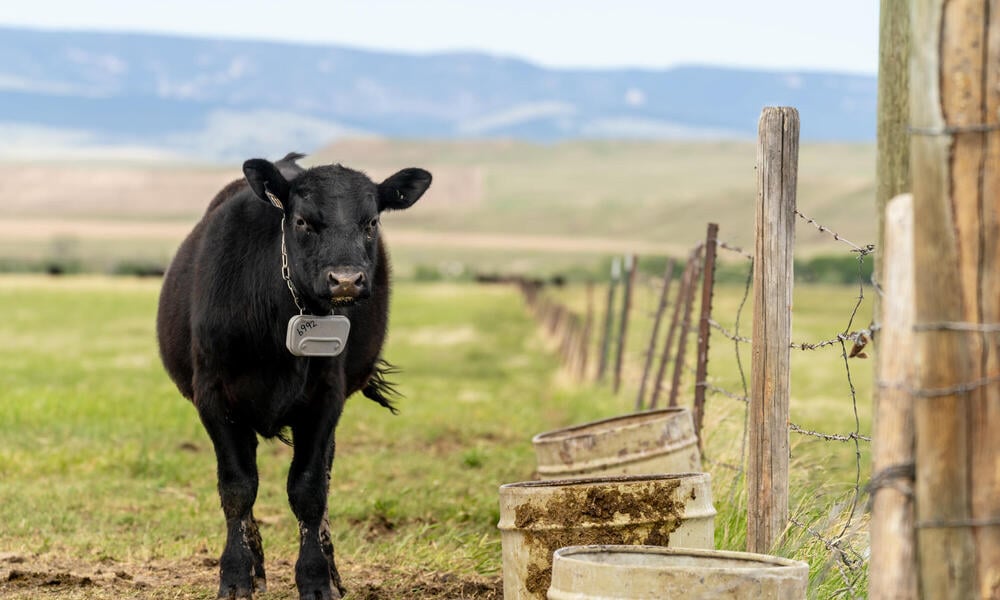Tech Breakthrough: Virtual Fencing Could Save Wildlife Corridors on the Great Plains

The vast grasslands of the Great Plains are vital for both agriculture and wildlife. However, traditional fencing, erected to contain livestock, has long posed a significant barrier to animal migration, fragmenting habitats and disrupting natural ecosystems. Now, a promising new technology – virtual fencing – offers a potential solution, allowing ranchers to manage their livestock while safeguarding crucial wildlife corridors.
What is Virtual Fencing?
Unlike physical fences, virtual fencing utilises GPS technology and subtle audio cues to guide livestock within predetermined boundaries. Cattle wear GPS-enabled collars that receive signals from a central base station. When an animal approaches a virtual boundary, the collar emits an audio signal – typically a tone or a buzz – that encourages the animal to turn back. This system allows for flexible and adaptable fencing configurations, responding to changing environmental conditions and livestock needs.
Why is this Important for Wildlife?
The Great Plains are a crucial migratory route for numerous species, including pronghorn, bison, elk, and various bird populations. Traditional fences impede these migrations, leading to:
- Habitat Fragmentation: Animals are unable to access vital resources like water and food across their traditional ranges.
- Reduced Genetic Diversity: Isolated populations are more vulnerable to disease and inbreeding.
- Increased Risk of Vehicle Collisions: Animals attempting to cross fences are more likely to be hit by cars.
- Disruption of Ecosystem Processes: Migration patterns are essential for seed dispersal and nutrient cycling.
Virtual fencing has the potential to significantly reduce these impacts by allowing wildlife to move freely through designated corridors while still enabling ranchers to manage their livestock effectively.
Benefits for Ranchers Too
While the primary focus is wildlife conservation, virtual fencing also offers several advantages for ranchers:
- Increased Grazing Flexibility: Ranchers can easily adjust grazing areas based on pasture conditions and livestock needs.
- Reduced Fence Maintenance Costs: Eliminating the need for physical fences significantly reduces maintenance and repair expenses.
- Improved Livestock Management: GPS tracking allows for better monitoring of individual animal health and behaviour.
- Potential for Precision Grazing: Virtual fencing can facilitate more targeted grazing practices, improving pasture health and productivity.
Challenges and Future Directions
Despite its promise, virtual fencing is still a relatively new technology, and several challenges remain. These include:
- Cost: The initial investment in collars and base stations can be significant.
- Battery Life: Ensuring the collars have sufficient battery life to function reliably is crucial.
- Animal Behaviour: Some animals may be less responsive to the audio cues than others.
- Scalability: Implementing virtual fencing across large landscapes requires careful planning and coordination.
Ongoing research and development are focused on addressing these challenges, with advancements being made in battery technology, collar design, and animal behaviour studies. As the technology matures and becomes more accessible, virtual fencing is poised to play a key role in balancing the needs of agriculture and wildlife conservation on the Great Plains and beyond. It's a win-win solution that offers a glimpse into a more sustainable future for both ranchers and the incredible wildlife that calls the Great Plains home.






